Jon Peters of Athena Studios tells about their upcoming project, a 90-minute,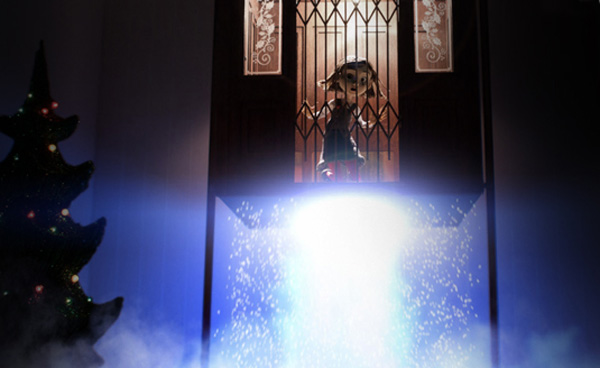
stop-motion feature film based on ‘Auntie Claus’, from the Christmas-themed
series of children’s books.
Athena Studios Animates Stop-Motion Adventure, ‘Auntie Claus’ |
| Athena Studiosin the California Bay Area is now at work on the development of a 90-minute, stop-motion, musical motion picture based on‘Auntie Claus’, the first book in the best-selling Christmas-themed series of children’s books by author Elise Primavera. |
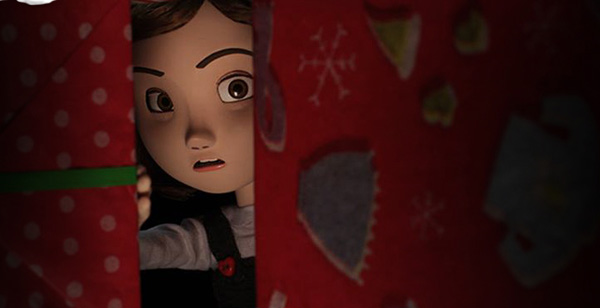 |
|
The story is about 11-year old Sophie, a girl for whom the true meaning of the Christmas holiday comes from a store, wrapped with a bow - until now. This Christmas, her mysterious Aunt arrives to reveal Sophie's true heritage - Santa is real and Sophie is one of the family. She is soon whisked off on an adventure to the North Pole and a mission to rescue the holiday for children everywhere. |
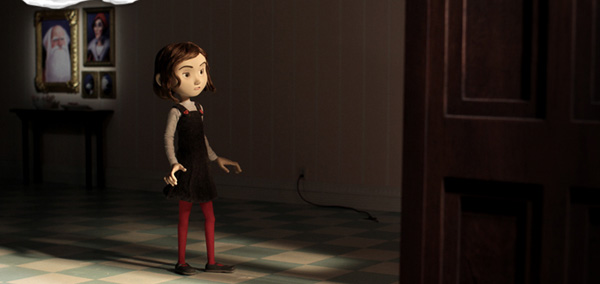 |
|
Building the PuppetsAn important part of the project was translating the book illustrations into 3-dimensional puppets and props that would work in a real-world set. Their artists’ initial sketches of Sophie on paper were developed into a 3D model in Maya. Simultaneously, they also designed the model’s armature, the jointed metal bones that allow the animators to manipulate her through the action on set, frame-by-frame. Throughout the construction, tests were made to ensure a fit between the armature and 3D model that would support the scripted performances. The model was then 3D printed, from which the body was moulded in silicone. |
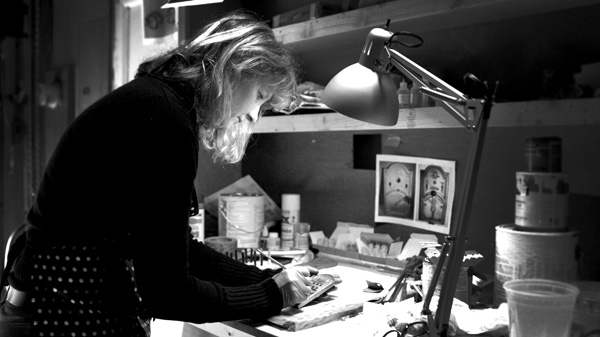 |
|
It also demands a lot of faces, and took them weeks to complete once the script and storyboards were finalised, when they sketched out the facial expressions and determined how many faces were needed. Their artists designed them all in 3D in Maya, and used the files to make a 3D print of each one. Mouth interiors and teeth were printed separately. Each face was tested by photographing it with a camera rig that captures the face from three angles at once. |
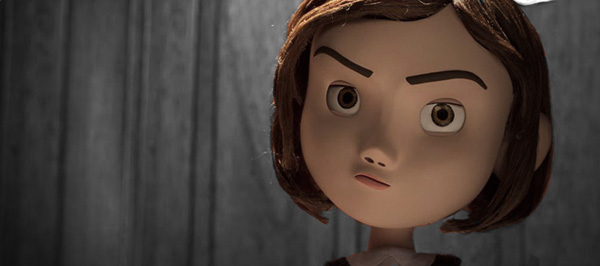 |
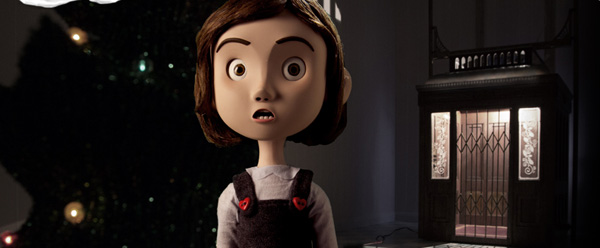 |
|
Metal BonesWhile in effect, the armature described above serves the same purpose as the rigging designed for an animated 3D CG model, Jon explained that in practice there are essential differences, although one system is not necessarily better or more difficult to work with than another. One of the main differences is the idea of ‘tensioning.’ He said, “Because a CG character is not physical, you don’t worry as much about how the rig and joints will respond when someone is moving them. For example, when someone moves a hand on a CG rig you don’t have the same concern about whether or not it will move the other parts of that character, due to the tension in the joints. |
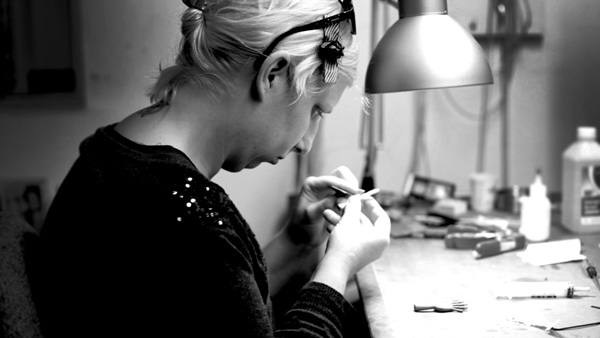 |
|
Getting the armature to fit and work for the puppets without too many compromises between range of motion and retaining the desired look may introduce further challenges. “We try to keep range of motion in mind during the design stage of the characters, but it’s not always possible to get as much motion as you might like,” said Jon. “We are working on a short film now, for instance, where one of the characters has large epaulettes on his shoulders. These keep him from getting a full range of motion as he raises his arms, which is difficult because he has a special dance number that a choreographer created for us. We made the epaulettes so they can move, but they are still somewhat restrictive. In this case, we decided to live with the limited motion and keep the look, as it was more important for the development of the character.” |
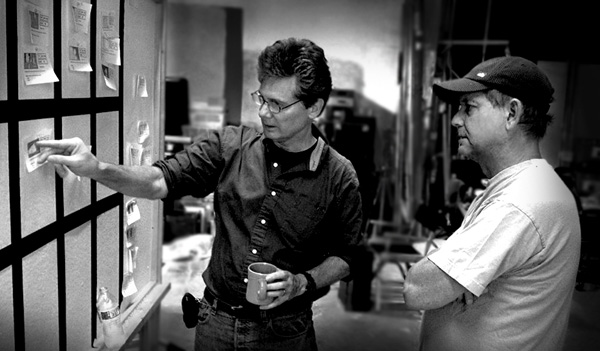 |
Cinematography Frame-byFrameA cinematographer working on stop motion projects needs to plan the shoot for each shot quite carefully in advance. Sophie's animation was recorded frame-by-frame at the rate of 24 frames per second, the conventional cinematic frame rate. Working off the storyboards, the compositions and camera positions and moves were planned by the DP Pete Kozachik, director and animator to determine the number of frames needed to complete a shot. For most camera moves, the DP will use a computerized motion control system, which can also control the camera focus if a pull happens in the shot. For smaller moves, such as a short pan, the animator may ratchet the camera, advancing frame-by-frame, while animating the puppets. Before commencing the shoot and the animation, the boards are placed in a timeline in editing software to create a rough cut. For Sophie, the animator Amy Adamy sometimes videoed herself acting out the part in order to better visualise what moves Sophie might make and apply a more natural, human feeling. As each shot was completed it was dropped into the timeline, replacing a storyboard, and was also sent to post production where digital cleanup of the frames was done on the 5K frames in Photoshop. The artist removed seams, stray hairs and dust or, occasionally, added in a few missing elements. |
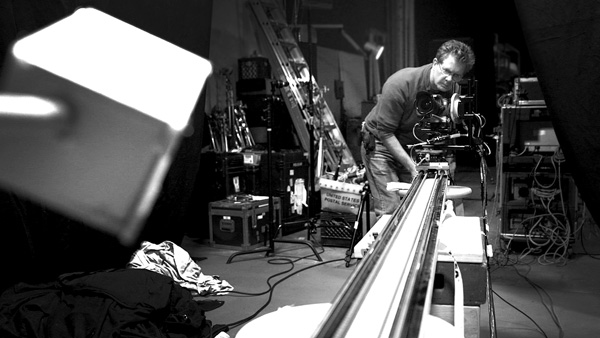 |
|
Understanding LimitsCommunication between the DP and production crew, the director and the animators is extremely important. In the case of ‘Auntie Claus’, Pete Kozachik and his crew have a good understanding of the limitations of the medium. They work with the story artist during the development process to make sure that the action and framing accommodates the limits of the puppets and camera movement. |
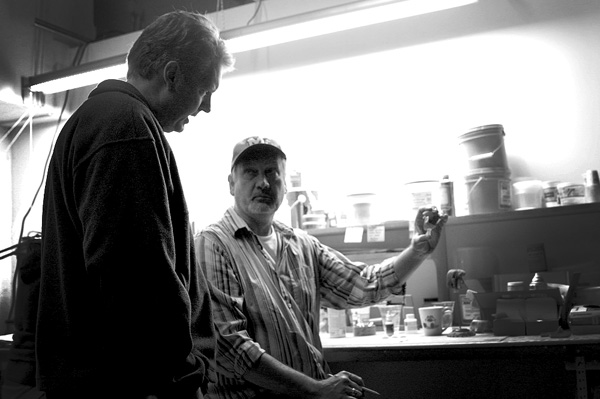 |
|
Lighting in MiniatureWhile effectively lighting the small sets involves cinematic lighting techniques similar to those used on a full size set, the cinematographer does need to ‘think small’. Again, it takes a lot of experience. Jon said, “Our DP Pete Kozachik has now worked on ‘Coraline’, ‘Nightmare Before Christmas’, ‘Corpse Bride’, ‘James and the Giant Peach’ and numerous other films doing the cinematography and lighting for miniatures. He is very experienced at working on these sets, which sometimes took me by surprise when we were preparing the first scene of ‘Auntie Claus’. |
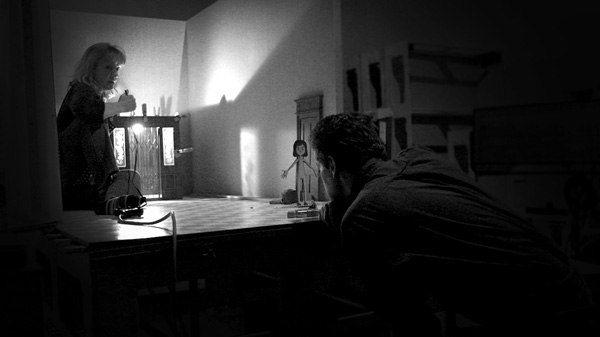 |
|
Blast OffIt was important to Athena to keep as many of the props and set pieces in camera as possible for ‘Auntie Claus’. CG did not play a major role and was used minimally. Instead, to portray the imaginative story, the props and elements sometimes had to be built in different versions. For example, three versions of the elevator had to be built – a larger-scale one for external shots with the puppet, one with breakaway walls for interior shots to accommodate the camera, plus a ¼-scaled version with a 3D Sophie inside for views of it flying over the city. After researching the old-fashioned looks of the elevator, the parts were digitally designed, cut out with a laser and built or, for the small one, 3D printed. The finish of all three had to match, regardless of materials. |
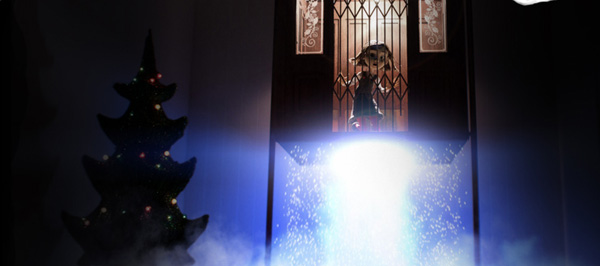 |
|
They completed a number of different lighting passes and recreated shadows for the final composite. They also created a special jet stream effect to give the launch a specific look, which they named ‘snowfire’, by combining practical effects, digital snow, slow motion photography, filters and lighting. |
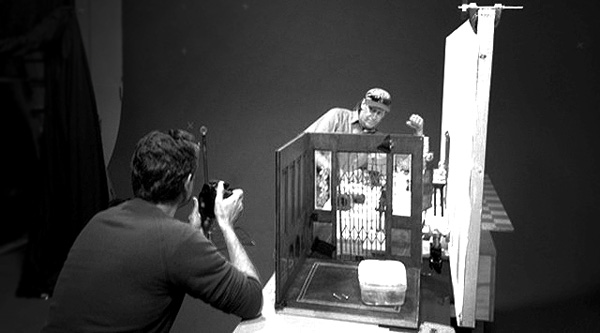 |
Pipeline and Workflow“We used an Adobe pipeline for the short and did the compositing in After Effects,” said Jon. “Compositing was also useful for certain effects such as the snow Sophie brushes off her sleeve and the snow whooshing out of the elevator. Since we could not stop-motion animate those effects, we photographed icing sugar, baking soda and cigar smoke on a blacked-out body double of Sophie, using the same frame count of the existing footage, and then composited the elements into the stop motion footage. These examples worked well and so we expect green screen to be used in several other scenes in the final production, both for set extensions, and for creating crowds in shots with lots of elves.” After the shoot, Athena typically conforms the footage to Avid DNxHD within After Effects or Telestream Episode, as they have found that the colour is more consistent between Macs and PCs by using this codec as the intermediary. Jon said, “For cinema projection of the footage we went with DCP output, but since Adobe had no DCP option at the time, we opted for Open DCP. Also, for the audio we chose Dolby Digital 5.1 out, which was also problematic as Adobe did not support that at the time, either.” www.athenastudios.com Words: Adriene Hurst |


















